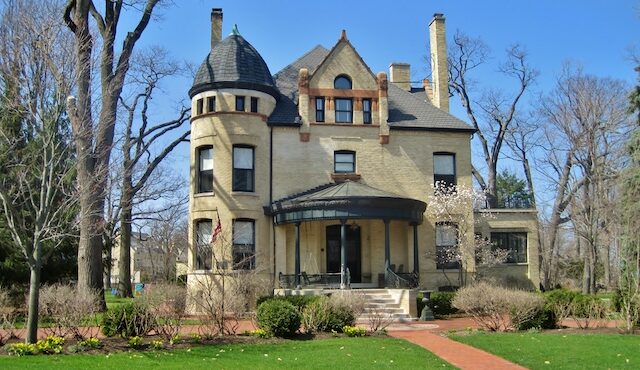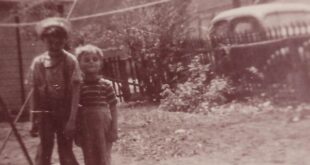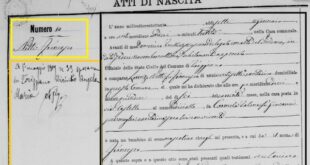
Twenty-eight miles north of Chicago, Highwood was home to a large, Italian-immigrant community from the early 20th century up to the late 1980s. Many families from our home province of Modena settled there. As is usually the case in mass immigration, it started with families calling connected families, who in turned called others to their new home. Highwood was a place that offered plentiful job opportunities for men with trade backgrounds — that was because of Fort Sheridan.
Fort Sheridan was home to the United States Fifth Army, a base supporting 5,000 military and civilian personnel at its peak. It was located immediately adjacent to Highwood on six hundred acres of land bounded by two ravines and the shore of Lake Michigan. At the time of our arrival, this military operation always needed cooks, carpenters, landscapers, metal workers, and maintenance men. This became my father’s first American job site as a carpenter.
The first American regiment of soldiers arrived at Fort Sheridan in 1887 as a direct reaction to the Chicago Haymarket riot. The riot itself ignited at a labor demonstration on May 4, 1886, after someone threw a bomb at the police. That day had begun as a peaceful rally in support of workers striking for an eight-hour day, but it turned ugly. Chicago police managed to quell the riot.
Wealthy landowners and successful businessmen from Chicago’s affluent North Shore suburbs were afraid that similar unrest could easily boil over at any time and potentially damage their businesses and properties. They took steps to ensure that potential future riots could be managed quickly. A group known as the Commercial Club, bought 600 acres of land north of the Chicago city limits near Highwood and then donated the land to the federal government. They demanded and received federal government protection in the form of a federal fort. Fort Sheridan thus began as a center point for federal troops who could be quickly deployed to suppress any urban disturbances.
The camp was named after Civil War general Philip H. Sheridan. The statue of the general on his steed, saber pointed forward leading a charge, still sits at the entry of the old parade grounds. Fort Sheridan officially closed in 1993. Today, a small land area remains as federal property for Army Reserve troops to meet and train.
The bulk of the original 600 acres is now a residential neighborhood within the cities of Highwood, Highland Park, and Lake Forest in Lake County, Illinois.
With its large Italian population, Highwood lent itself to a highly supportive environment for Italian immigrants. Bilingual groups and individuals networked to meet their common needs and interests while providing job opportunities for hardworking newcomers. They all realized the opportunities now afforded them, they all lent a hand when needed, and they all watched out for each other. The assimilation process came more easily as immigrants surrounded themselves with people of similar backgrounds and interests. In that sense, Highwood had the feel of the “old country” and provided a soft landing.
 Fra Noi Embrace Your Inner Italian
Fra Noi Embrace Your Inner Italian






